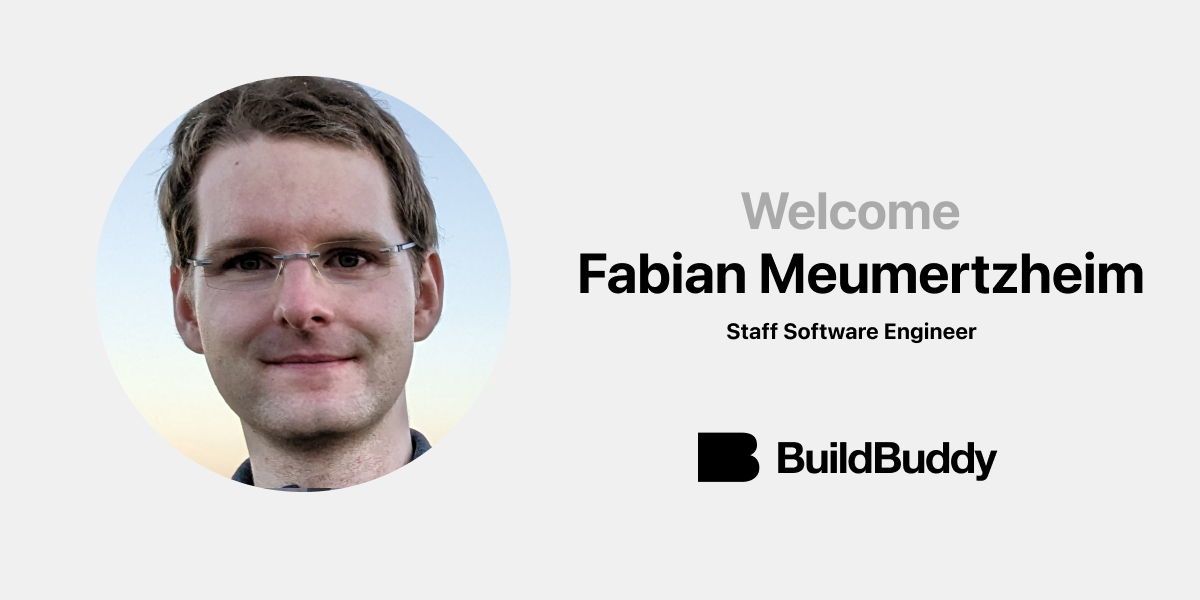Welcoming Dan Stowell
At BuildBuddy, our mission is to bring the world's best developer tools to every company. In order to achieve this mission, we need to build a team that has experience leading and scaling the fastest growing developer tools companies in the world. That's why we're so excited to share that Dan Stowell is joining BuildBuddy's engineering team.
Dan joins us from Vercel, where he was a Director of Engineering. Prior to Vercel, Dan was the Head of Engineering at Replit and a Principal Engineer at Spotify.

We look forward to working alongside Dan to build the future of developer tools.
Welcome to BuildBuddy, Dan!


